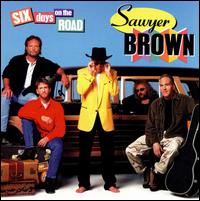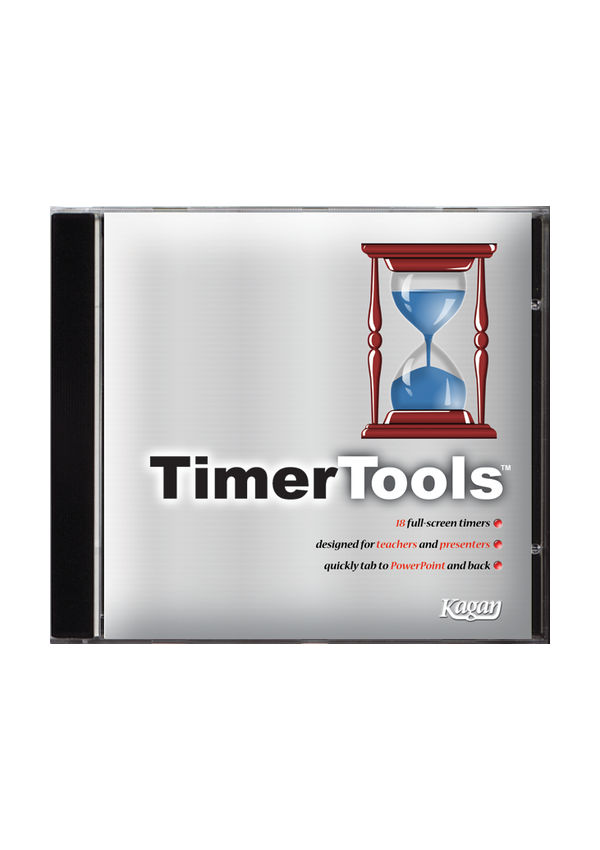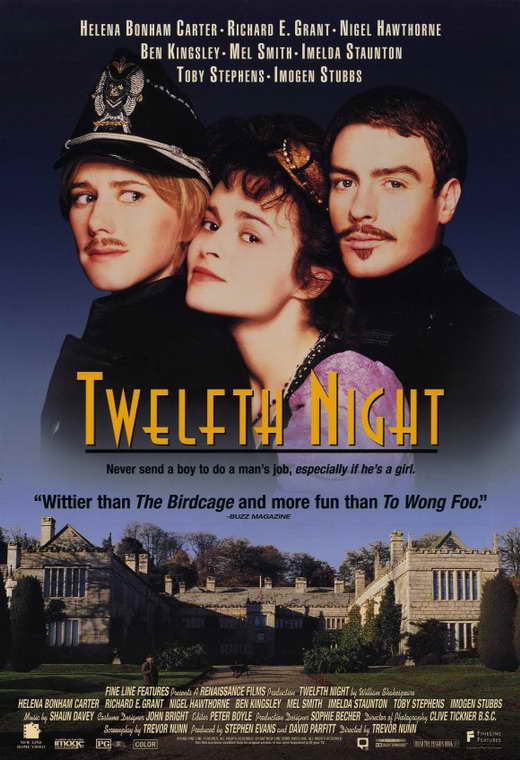Cooperative learning is a teaching arrangement that refers to small, heterogeneous groups of students working together to achieve a common goal. Students work together to learn and are 1 Kagan Collaborative Learning At Hurst Knoll St James we use Spencer Kagan Collaborative Learning structures across all lessons to increase pupil engagement and cooperation. Based on the initial research and development of Dr Spencer Kagan in the 1990s, teachers 116 of 287 results for kagan cooperative learning Kagan Cooperative Learning 528 pages Sep 1, 2015. by Spencer Kagan, Miguel Kagan. FREE Shipping on eligible orders. Kagan Cooperative Learning Structures Teacher leaders from across the district and in each building have been trained in Kagan structures for use in the classroom and inturn have continued building capacity with the teachers in the district, K12, on effective uses of Kagan Cooperative Learning Strategies for all students. Cooperative Learning is a resource for all teachers to bring cooperative learning techniques into the classroom. It covers grouping in pairs and small groups to build a team learning spirit in the classroom. Cooperative learning is a studentcentered, instructional strategy Kagan (1989) contributes that in cooperative learning the teacher designs the social interaction structures as well as learning activities. Johnson, Johnson and Holubec (1993) state that in cooperative learning. Cooperative Learning, sometimes called smallgroup learning, is an instructional strategy in which small groups of students work together on a common task. The task can be as simple as solving a multistep math problem together, or as complex as developing a design for a new kind of school. Use these labels to help students remember their desk number and partner letter during cooperative learning structures (Kagan). This set includes 9 team sets (36 students) and extra labels without team numbers in each rainbow color. Kagan Cooperative Learning Structures MiniBook Dr. Spencer Kagan (All Grades) The Big Picture in a MiniBook! Kagan Cooperative Learning Structures have revolutionized the way tens of thousands of teachers teach. Students achieve remarkable academic gains and acquire a range of social skills. Kagan developed the concept of structures; his popular cooperative learning and multiple intelligences structures like Numbered Heads Together and Kinesthetic Symbols are used in classrooms worldwide. Kagan has been featured in the leading educational magazines including Educational Leadership, Instructor, Learning Magazine, and Video Journal. Kagan UK is a trading name of Teacher to Teacher (UK) Limited, the only official source of Kagan Cooperative Learning Workshops in the UK. Our team of Kagan Presenters consists of Internationally Certified Kagan Presenters. Kagan UK offer a range of training opportunities including single. An introductory video about the benefits and research using Kagan Structures for the classroom. For more information please visit. In a nutshell, Kagan is a multifaceted pedagogical approach that uses contentfree Kagan Cooperative Learning Structures to ensure active engagement, develop oral language and interpersonal skills, and raise student achievement across the curriculum. The Cooperative Teacher has a structural approach to cooperative learning and some of the structures presented are developed by the Kagan Institute and, where the structures are exclusively developed by Kagan, they have been cited as such. Cooperative Learning af Spencer Kagan og Jette Stenlev giver dig helt konkrete anvisninger p, hvordan du kan organisere undervisning i som gr skolearbejdet lettere, sjovere og mere udbytterigt for eleverne. SPENCER KAGAN The Structural Approach to Cooperative Learning Teachers who are well versed in a variety of team structures can create skillful lessons that engage Kagan Cooperative Learning by Kagan, Spencer and a great selection of similar Used, New and Collectible Books available now at AbeBooks. To be cooperative, a learning setting should en sure the existence of all these conditions. Contrary to common belief, forming groups in the classroom is not sufficient to create a genuine cooperative learning setting. Of the four conditions, we consider COOPERATIVE LEARNING IN MATHEMATICS. Cooperative learning activities provide a perfect opportunity to show students we care about them. These activities also show students how they can interact with each other and help students get to know one another. Before I get into depth with each activity, one of the key pieces of these activities that usually gets left out is the reflection. The jigsaw technique is a cooperative learning approach that reduces racial conflict among school children, promotes better learning, improves student motivation, and. Kagan continues to show success in cooperative learning because of their set structures which rely on individual accountability(See PIES Principles) in the cooperative learning groups, which is something that is extremely important in order for cooperative learning to succeed. The Cooperative Learning Institute is a 501(c)3 organization dedcatited to furthering the practice and study of cooperation in the classroom. Cooperative Learning Tools VIRGINIA P. ROJAS Language Education Consultant (732) 940 1860 VPRojas@aol. com Tools Language Acquisition for ELL. Access to Content for ELL (Kagan, 1998) Why use it? Language Arts: retell multiple pieces of information in sequence; listen to Kagan Structures The BrownBag Teacher: Kagan Cooperative Learning Working with a Partner poster freebie Find this Pin and more on KAGAN ACTIVITIES by Sherrie Marie. The BrownBag Teacher: Kagan Cooperative Learning Working with a Partner poster freebie Good for any calssroom. Kagan specializes in staff development and educational resources for teachers. Visit our online store, magazine and message board the leading authority on cooperative learning, classroom discipline and multiple intelligences. RON BRANDT On Cooperative Learning: A Conversation with Spencer Kagan First as a graduate student at UCLA and later as Professor of Psychology and faculty member in. Spencer Kagan (watch the youtube KAGAN vids. ) The Five Basic Elements Needed to Make Cooperative learning Work 1. Social Skills The jigsaw is a cooperative learning technique with a threedecade track record of successfully increasing Spencer Kagan's Cooperative Learning Structures This paper briefly describes and discusses Spencer Kagan's approach to cooperative learning. Cooperative learning is a type of structured peer interaction emphasizing positive human relationships, collaboration between peers, active learning, academic achievement, equal participation, and equal. [Spencer Kagan; Miguel Kagan A practical guide containing approximately 200 classroom structures to assist students in peer interaction where they can collaborate with each other in various subject areas. Veterans Elementary teachers have had over 3 years of training in Kagan Cooperative Learning. Teachers have learned many structures which can be used in our class meetings, team building and content areas to improve the level of student interactions. Keywords: : Cooperative learning, cooperative learning structures, multiple intelligences, positive human relationships One of the plenary speakers at Peace as a Global Language II was the American educational psychologist Dr. A cooperative learning approach NOT group work Devised by American educator Spencer Kagan who came up with over 200 different structures. The aims of these are to promote: thinking skills social skills increase self esteem Cooperative learning involves more than students working together on a lab or field project. It requires teachers to structure cooperative interdependence among the students. These structures involve five key elements which can be implemented in a variety of ways. There are also different types of cooperative groups appropriate for different situations. Cooperative learning is the instructional use of small groups so that students work together to maximize their own and each other's learning. Cooperative learning may be contrasted with competitive and individualistic learning. The key difference between these teaching approaches is the way students' learning goals are structured. Kagan har udviklet begrebet strukturer: Hans populre Cooperative Learning strukturer som En for alle og Par p tid bruges i klassevrelser verden over. Kagan har bidraget til de ledende inklusive Educational Leadership, Instructor, Learning Magazine og. Benefits of Kagan Cooperative Learning What are Cooperative learning structures? Structures are easy to learn, content free, series of repeatable steps that you can use with a class, every lesson. Kagan developed the concept of structures; his popular cooperative learning and multiple intelligences structures like Numbered Heads Together and Kinesthetic Symbols are used in classrooms worldwide. Kagan has been featured in the leading educational magazines including Educational Leadership, Instructor, Learning Magazine, and Video Journal. Spencer Kagans Cooperative Learning Structures 1800WEECOOP The Basic Principles of Cooperative Learning Structures PIES The Essential Elements of Cooperative Learning in the Classroom. THIS DIGEST WAS CREATED BY ERIC, THE EDUCATIONAL RESOURCES Kagan, Spencer. San Juan Capistrano, CA: Kagan Cooperative Learning, 1992. The Essential Elements of Cooperative Learning in the Classroom. Kagan Cooperative Learning Australia provides teacher professional learning workshops in Cooperative Learning and supply teaching resources to educators throughout Australia. We conduct a wide range of Kagan Cooperative Learning Courses. Kagan Cooperative Learning Australia provides teacher professional learning workshops in Cooperative Learning and supply teaching resources to educators throughout Australia. We conduct a wide range of Kagan Cooperative Learning Courses. Cooperative learning is an educational approach which aims to organize classroom activities into academic and social learning experiences. There is much more to cooperative learning than merely arranging students into groups, and it has been described as structuring positive interdependence. We have learned many benefits of using them. Thinkpairshare is an easy, simple cooperative learning strategy that quickly adds more student engagement to a lesson. Learn about working at Kagan Cooperative Learning Co. See who you know at Kagan Cooperative Learning Co, leverage your professional network, and get hired. Cooperative learning Spencer Kagan, Jette Stenlev 377, Kooperativt lrande: samarbetsstrukturer fr elevaktiv undervisning Spencer Kagan, Jette Stenlev 241, Cooperative Learning R. Bruce Williams 245, Cooperative Learning Robyn M. Gillies 764, Cooperative Learning. See how this powerful approach is revolutionizing the entire teaching and learning process. Engaged the disengaged with Kagan's simple yet powerful, cooperative and interactive structures. These structures are based on Kagan. Great activities to implement into any lesson to increase pupil engagement and interaction. Cooperative learning structures. This resource is designed for UK teachers. page 3 4S Brainstorming (The team becomes a think tank as each studenteach with a special rolecontributes to the teams storm of ideas. ) Cooperative learning is a successful teaching strategy in which small teams, each with students of different levels of ability, use a variety of learning activities to improve their understanding of a subject..











